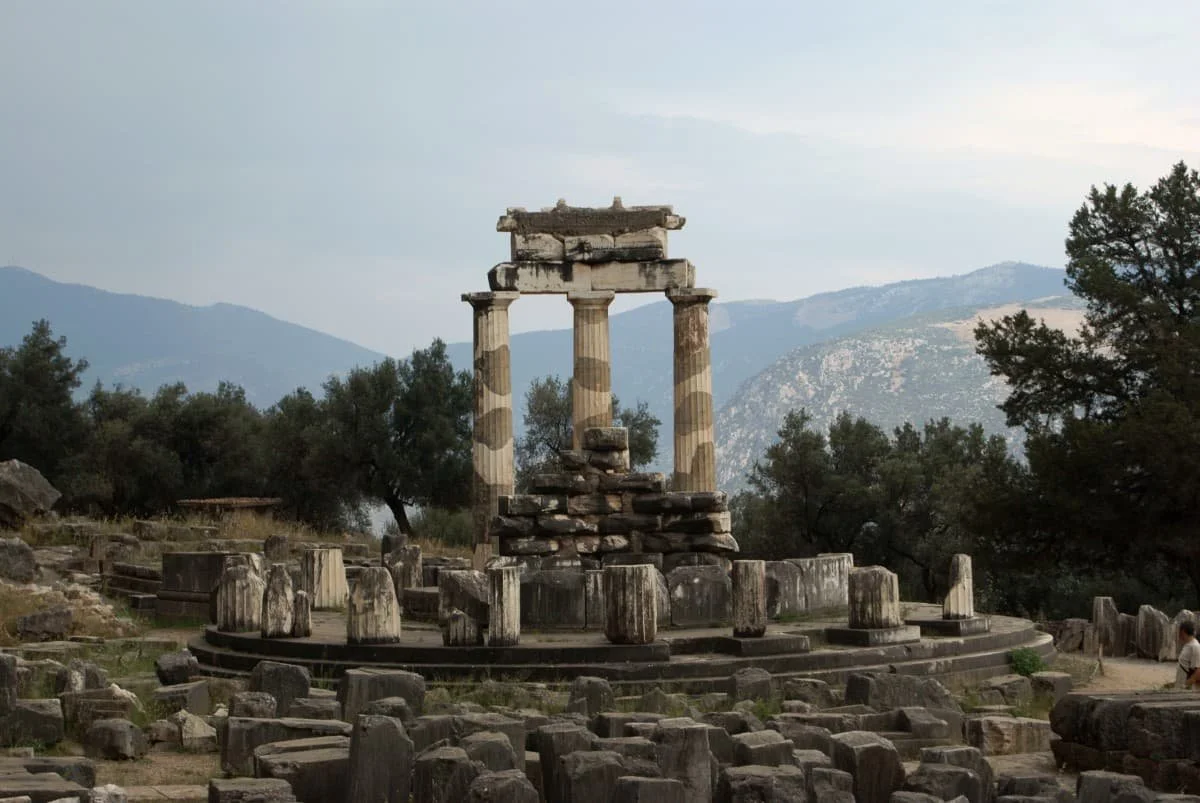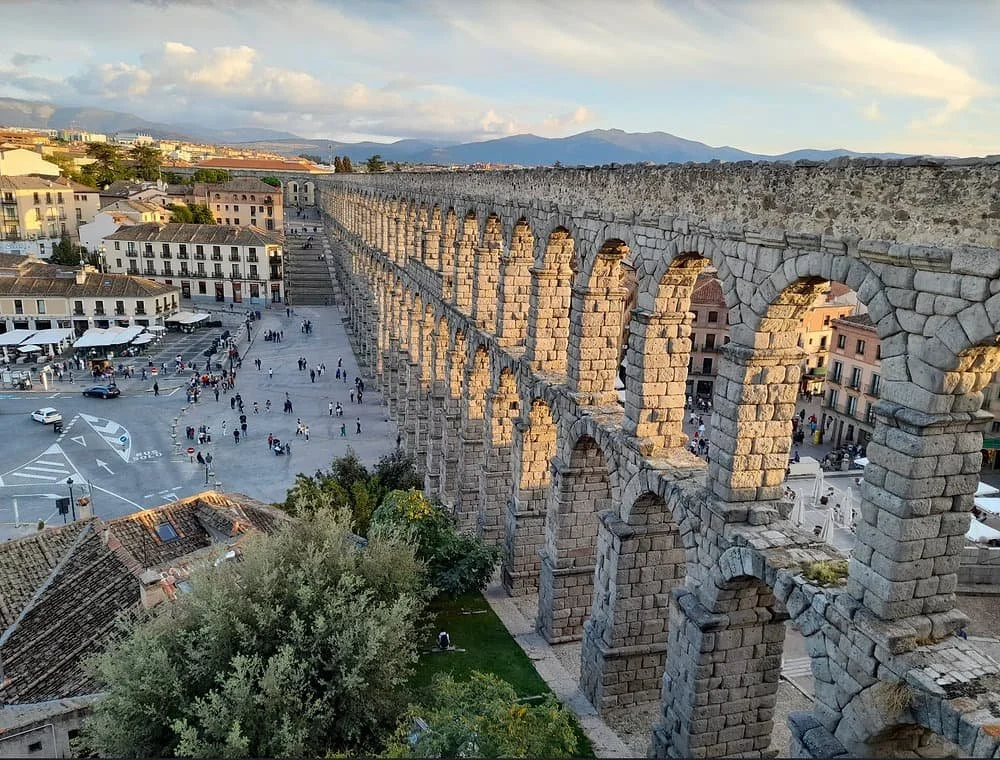~ Section 2 - Classical Antiquity, Styles & Epochs of Art ~
“Harmony, Proportion, and the Birth of Spatial Reason”
With Classical Antiquity, the landscape became a stage for thought, art, and proportion. Greek and Roman civilizations transformed the sacred geometry of earlier epochs into human-centered harmony. The land itself became measured, reasoned, and designed—a dialogue between philosophy and place. Here, beauty was not decoration but truth made visible through geometry and order.
© This article references early LASD Studio, Yura Lotonenko white-paper research (2011 – 2017) exploring intersections between Art and Landscape Philosophy
Video Episode of Section 2 — Classical Antiquity
From the sacred groves of Greece to the villa gardens of Rome, this episode explores how Classical Antiquity shaped the foundation of landscape architecture. Greek philosophers and artists discovered harmony, proportion, and spatial rhythm; Roman architects transformed these ideals into monumental systems of water, geometry, and civic beauty.
Produced by LASD Studio — Landscape Architecture, Sustainability & Design, this film traces the dialogue between art, architecture, and nature that still informs modern ecological design.
Explore how Greek and Roman ideals of harmony and proportion shaped the origins of landscape architecture. A LASD Studio documentary.
The Epoch Overview
Historical & Cultural Context
In Greece, art, philosophy, and science were one continuum—each seeking perfection through logic and balance. Nature was not opposed to culture but seen as its reflection. Across the Aegean, temples, theaters, and sacred groves embodied the harmony of kosmos: a universe ordered through measure and light.
Rome inherited and magnified this spirit, transforming geometry into empire. From the villas of Tivoli to the peristyle courtyards of Pompeii, landscape became a structured extension of architecture, a statement of civilization itself.
Fine Art & Aesthetic Principles
Greek sculptors pursued ideal proportion in the human body; architects mirrored it in stone. Their discovery of perspective and rhythm defined Western aesthetics—each line, axis, and column carrying philosophical meaning.
Roman artisans fused that clarity with grandeur: frescoes, mosaics, and fountains turned geometry into sensory theater. The union of art and engineering gave rise to the architectural landscape—ordered, animated, and alive with water and movement.
Influence on Early Landscape Thought
The groves of Plato’s Academy and Aristotle’s Lyceum were early landscapes of learning—spaces where geometry met dialogue. In these shaded courts, the garden became a mirror of the mind: disciplined yet open to the infinite.
Later, Roman villas integrated this intellectual tradition into domestic life. Their gardens framed vistas, sculptures, and pools as symbolic journeys between body, spirit, and environment. This became the philosophical DNA of landscape architecture—a geometry of emotion and ethics.
Key Artists, Philosophers & Landscape Architects
Greek Philosophers and Garden Makers — The Classical School of Harmony
Greek thinkers transformed the garden from sacred enclosure into a stage for reflection and beauty. Rooted in geometry and philosophy, their landscapes celebrated proportion (symmetria), balance (metron), and the harmony of nature and reason. The groves of Plato’s Academy and Aristotle’s Lyceum became living classrooms where knowledge unfolded beneath olive trees and colonnades. Greek sculptors and architects sought ideal form — an order that mirrored both the body and the cosmos. Their gardens and sacred precincts were not ornamental, but metaphysical: spaces where mathematics, light, and landscape converged to reveal universal truth. This Classical vision defined the aesthetic DNA of Western landscape architecture — a disciplined dialogue between structure, spirit, and the living earth.





Roman Garden Makers — Masters of Structure and Luxury
Roman architects, drawing from Greek ideals, perfected the art of spatial composition. Villas such as Hadrian’s at Tivoli or the gardens of Pompeii revealed the integration of architecture, sculpture, and hydrology. Their peristyle courts—framed by colonnades, fountains, and clipped greenery—expressed control, refinement, and cultural order. The Roman garden became the first model of architectural landscape design.





Main Landscape Architectural Features of the Epoch
Design Principles
Symmetry, axial planning, and rhythmic proportion defined the classical landscape. Light and shadow sculpted perception, while framed vistas extended architecture into nature. These principles still form the grammar of composition in art, urbanism, and ecological design.
Materiality & Plant Palette
Marble, mosaic, and terracotta formed the body of the space. Olive, laurel, myrtle, cypress, and acanthus symbolized peace, immortality, and triumph. Every plant held meaning—geometry translated into living matter..
Evolutionary Interpretation
In LASD Studio’s framework, Classical Antiquity marks the birth of “intelligent form.” The Greeks sought ideal proportion; the Romans built systems of flow and infrastructure. Together, they laid the groundwork for modern ecological algorithms—where data, form, and nature operate as one evolving intelligence.
LASD Studio Interpretation & Works
Designing Landscapes as Evolutionary Systems
At LASD Studio, we reinterpret Classical order as living geometry—where proportion is guided by ecology rather than ornament. In our Mediterranean and civic designs, axes breathe, courtyards evolve, and water finds its own path. Each project becomes a dialogue between ancient discipline and contemporary freedom, continuing the lineage of harmony between nature, art, and human spirit.
